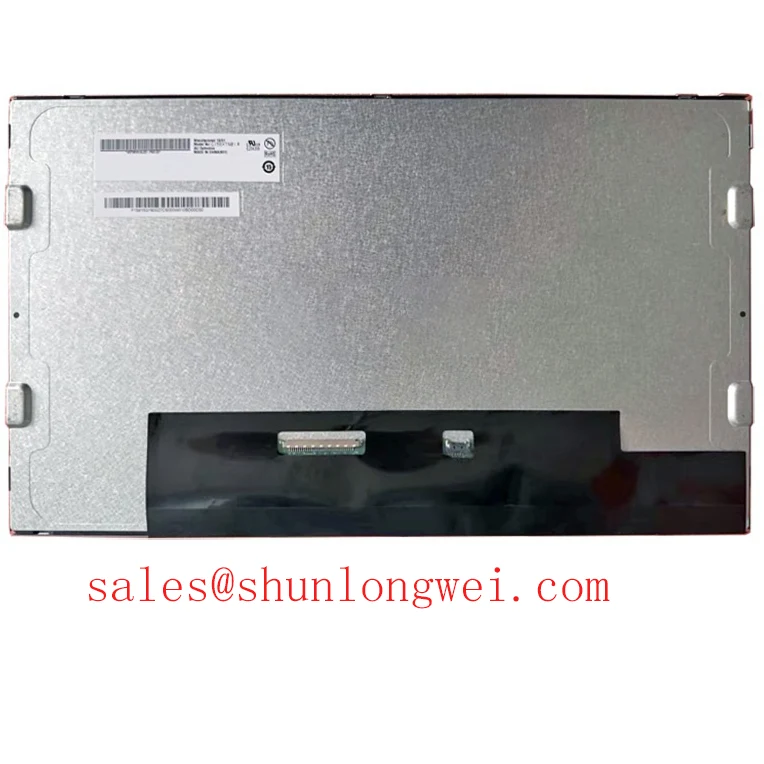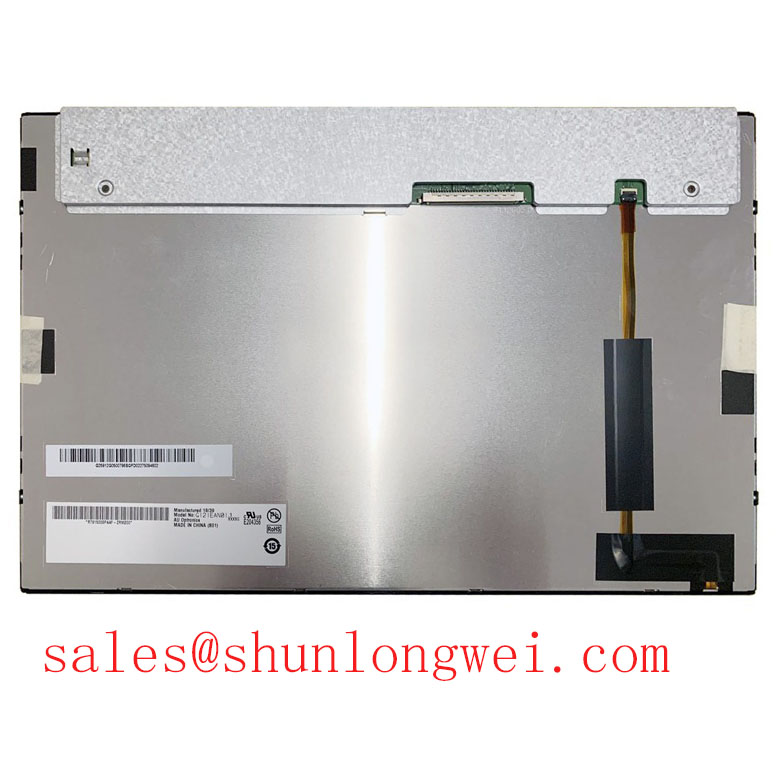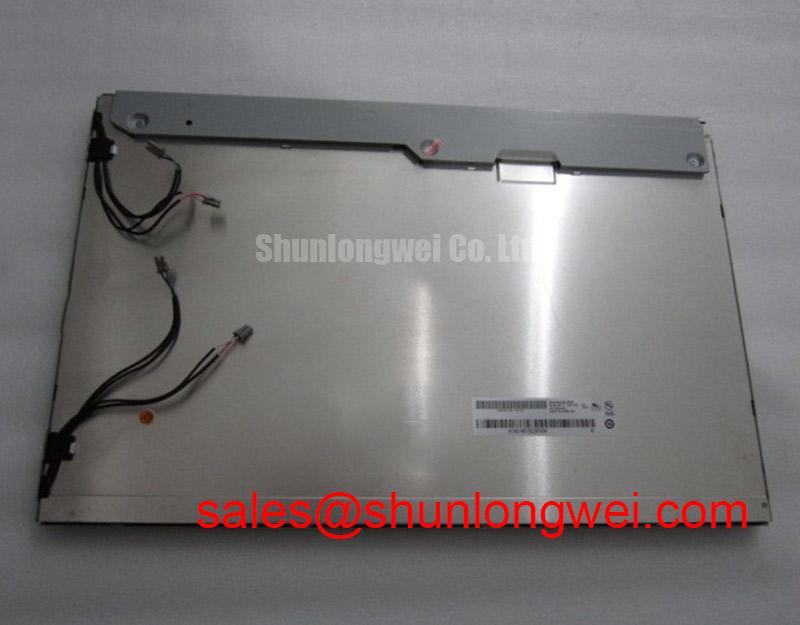Content last revised on October 27, 2025
AUO G101EVN01.0: A 10.1-inch WXGA Display Engineered for Industrial Reliability
Product Overview: Balancing Performance and Endurance
Delivering Optical Consistency in Demanding Operational Theaters
The AUO G101EVN01.0 is a 10.1-inch a-Si TFT-LCD module engineered for industrial applications where visual consistency and operational resilience are paramount. Its core value proposition is delivering stable, high-quality visuals across wide viewing angles and fluctuating temperature ranges, directly addressing the challenges of complex HMI and control panel environments. With key specifications of 1280x800 WXGA | -20 to 60°C Operating Temperature | 85/85/85/85 Viewing Angles, this display provides two critical engineering benefits: exceptional off-axis image clarity and dependable performance in thermally dynamic conditions. For industrial HMIs requiring proven resilience and consistent readability in environments without climate control, the G101EVN01.0 is a strategically sound design choice.
Key Parameter Overview
Decoding the Specs for Environmental Robustness
The specifications of the G101EVN01.0 are tailored for integration into long-lifecycle industrial equipment. The parameters below highlight its capacity to maintain performance in challenging real-world conditions.
| Feature | Specification | Engineering Significance |
|---|---|---|
| Operating Temperature | -20°C to 60°C | Ensures reliable startup and operation in unheated or outdoor-adjacent environments, from cold storage facilities to factory floors. |
| Viewing Angle (L/R/U/D) | 85/85/85/85 (Typ.) | MVA technology provides consistent color, brightness, and contrast from virtually any direction, critical for HMIs viewed by mobile operators. |
| Resolution | 1280 x 800 (WXGA) | Offers clear, detailed visuals for complex GUIs and data readouts in a compact 10.1" form factor. |
| Contrast Ratio | 1300:1 (Typ.) | Delivers deep blacks and bright whites, enhancing the legibility of text and the clarity of on-screen graphics. |
| Brightness | 300 cd/m² (Typ.) | Provides sufficient luminance for most indoor industrial settings, balanced for readability and power consumption. |
| Interface | LVDS (1 channel, 6-bit) | A widely adopted, robust interface that simplifies integration with a variety of industrial motherboards and controllers. |
| Surface Treatment | Anti-glare, Hard Coating (3H) | Reduces specular reflections from overhead lighting, improving screen readability and providing enhanced surface durability. |
Application Scenarios & Value
System-Level Benefits in Industrial Automation and Control
The AUO G101EVN01.0 is optimized for applications where operators interact with machines in non-office environments. Its feature set directly translates to improved usability and lower total cost of ownership in systems deployed across the factory floor, in logistics, and in specialized instrumentation.
Consider a high-fidelity engineering scenario: the control panel for a semi-automated packaging line inside a large distribution center. The ambient temperature can fluctuate significantly from summer to winter, and operators frequently monitor the HMI from off-center angles while managing physical tasks. The G101EVN01.0's -20°C to 60°C operating range ensures the display functions reliably without requiring an expensive, power-consuming internal heater or cooling fan. Simultaneously, its MVA technology with 85-degree symmetrical viewing angles guarantees that critical alerts and process data are legible to the operator, whether they are standing directly in front of the panel or viewing it from the side. This prevents errors and improves workflow efficiency. For systems requiring a higher resolution in a similar industrial-grade package, the G101UAN02.0 offers a WUXGA (1920x1200) alternative.
Technical Deep Dive
The Interplay of Thermal Headroom and Backlight Longevity
A key design consideration for any industrial display is the reliability of its illumination source over time and temperature. The G101EVN01.0 utilizes a WLED backlight system rated for 25,000 hours, a figure that is heavily dependent on the thermal management of the overall system. The display's ability to operate down to -20°C is not just about the liquid crystal's response; it's also a testament to the robustness of the LED driver and the LEDs themselves. Operating at the cold end of the spectrum can stress electronic components. Think of the LED backlight driver like the engine oil in a vehicle. On a cold day, an oil with the wrong viscosity will prevent the engine from starting smoothly. Similarly, the display's driver is specified to provide stable current to the LEDs even at low temperatures, ensuring consistent brightness and preventing flicker during cold-starts, a common failure point in less robust designs.
Frequently Asked Questions (FAQ)
How does the MVA technology in the G101EVN01.0 benefit an industrial HMI design?
MVA (Multi-domain Vertical Alignment) technology is a crucial feature that provides wide, symmetrical viewing angles of 85 degrees in all directions. For an HMI, this means that multiple operators can view the screen from different positions without experiencing color shift or contrast degradation, leading to fewer interpretation errors and improved collaborative use.
What is the engineering significance of the -20 to 60°C operating temperature range?
This wide temperature range allows the G101EVN01.0 to be designed into systems deployed in environments without dedicated climate control. It eliminates the need for auxiliary heating or cooling components, which simplifies the mechanical design, reduces power consumption, and lowers the overall bill of materials for the end product, such as a rugged tablet or an outdoor kiosk.
Is the G101EVN01.0 suitable for direct sunlight applications?
With a typical brightness of 300 nits, the G101EVN01.0 is best suited for indoor or shaded outdoor environments. While its anti-glare coating significantly improves readability in high ambient light by reducing reflections, it does not have the high luminance required for true sunlight-readability. For such applications, a display with a brightness of 1000 nits or more would be necessary. To explore options for high-brightness displays, see our guide on Sunlight Readable HMIs.
What are the key considerations for integrating this display via its LVDS interface?
The G101EVN01.0 uses a standard 40-pin LVDS (Low-Voltage Differential Signaling) interface, which is common in industrial computing. Key considerations for system designers include ensuring the host controller's LVDS output matches the display's 1-channel, 6-bit data format, proper cable length and impedance matching to maintain signal integrity, and providing a stable 3.3V power supply. For a deeper understanding of this interface, designers can reference resources from major semiconductor manufacturers like Texas Instruments.
By integrating a robust thermal design with superior optical technology, the G101EVN01.0 from AUO provides a reliable and versatile foundation for the next generation of industrial control and information systems. Its specifications are not just numbers, but engineered solutions to the real-world challenges of visibility, durability, and operational uptime.












